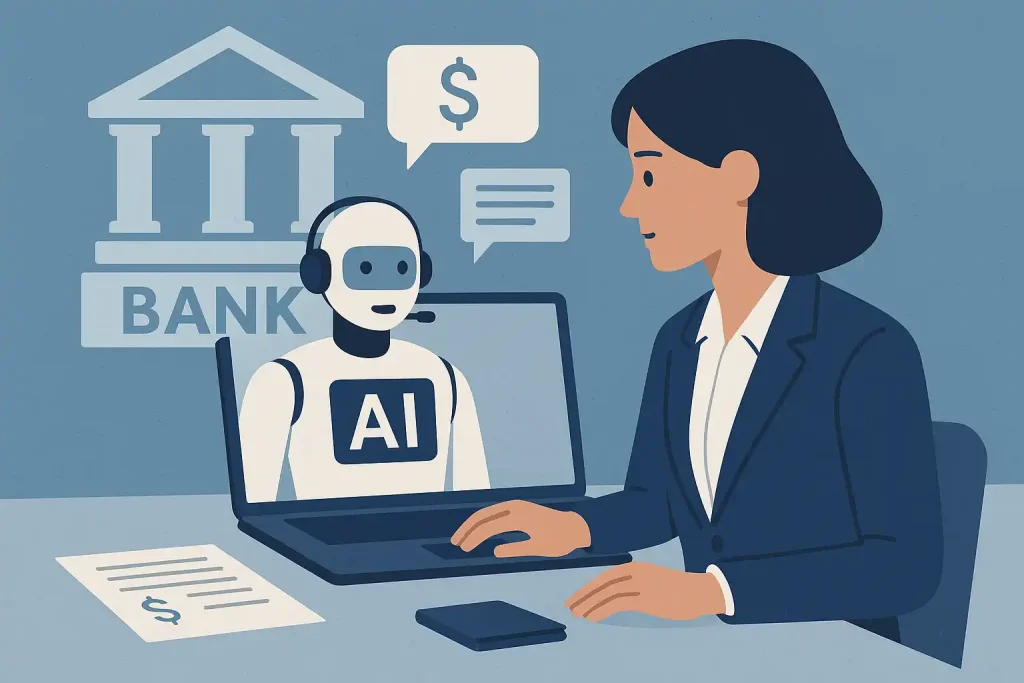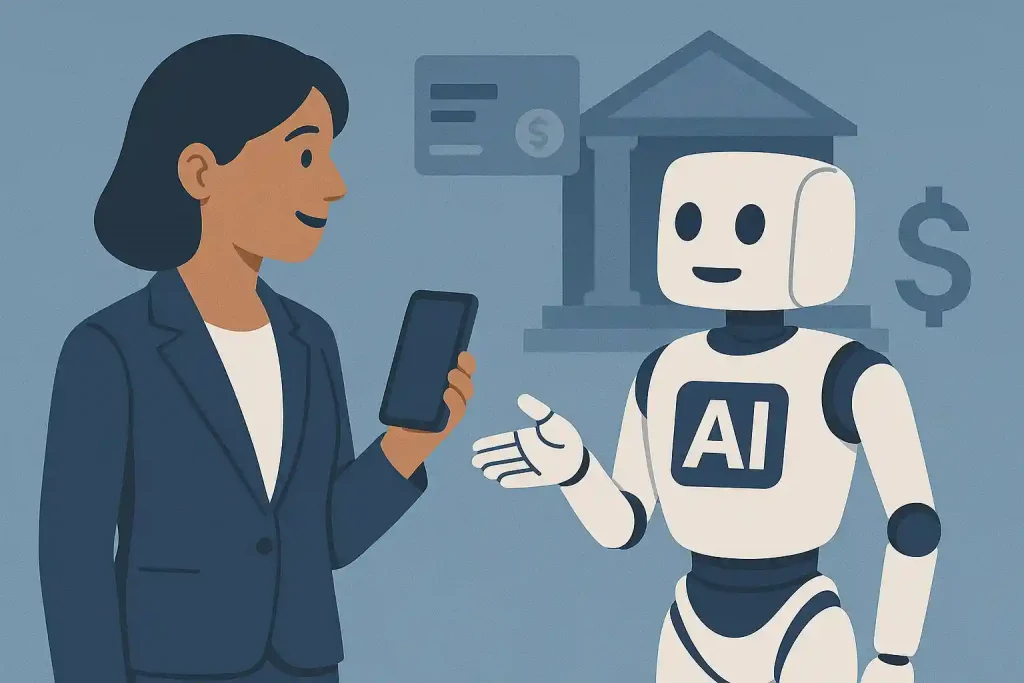Thanks to Artificial Intelligence, the rules of modern banking are being rewritten…
We’re well into 2025 now and Artificial Intelligence has been transforming how things function and operate in every sector. And banking is no different.
A recent article in Business Insider gave an insight into how AI is quietly reshaping the banking sector, especially when it comes to areas like customer experiences, risk systems and internal operations.
Let’s take a closer look at what this entails and what are the implications:
Instant Onboarding & Paperless Transitions
Gone are the days of document heavy banking procedures! Unlike back in the day, when something like this would take days or weeks to process, one can now upgrade their account from minor to adult in a matter of minutes. And there is no need to submit additional photocopies of your Aadhar or Pan Card. Thanks to AI, the bank expects this upgrade and would have already set the process in motion.
This type of pre-emptive services by the AI model anticipates user requirements and expectations and provides a seamless transition while avoiding unnecessary hurdles. It turns a traditionally slow process to a quick frictionless digital routine and also increase customer satisfaction.

Credit Evaluation & Document Automation
Previously, it took days of effort and multiple analysts to create a detailed credit memo. But with the help of generative AI, hundreds of pages of data can be analysed and summarised in a manner of minutes. This has sped up the process and leaves the humans free to make judgment calls instead of number crunching.
Similarly, AI has also helped speed up processes like tax filings, GST data, PAN checks and credit histories. Apart from speed, it also helps assess the risk involved more accurately.
Fraud Detection, Sentiment Analysis & Compliance
Earlier, fraud detection systems were rule based. But now AI can learn from trillions of data points to understand and flag anomalies. This could be something as minute as transaction timing, behavioural patterns, and communication style. For instance, it could be something as basic as how quickly someone usually times their security pin or what time they generally log in.
AI has also been a big help when it comes to sentiment analysis. It can analyse customer conversations to analyse and flag customer dissatisfaction before they escalate. Large-language models (LLMs) also help banks to assess complex regulations, generate compliance reports and be updated date with evolving legal frameworks across jurisdictions.
Personalisation & Virtual Assistants
Previously, banks had a one size fits all model. But now, thanks to AI, they are able to tailor experiences according to the user’s preferences. AI can understand spending behaviour, risk tolerance and the various emotional reactions to financial stress. Based on this, banks are able to modify their interfaces, notifications and product suggestions in real time.
Apart from this, conversational bots like Google Pay assistants are now able to guide users in a more detailed fashion in multiple languages and across various customer profiles. These virtual assistants help in reducing the burden on banks and call centres.

Operational Efficiency & Cost Transformation
As is the case across other industries, AI is helping the banking sector eliminate manual tasks. Time consuming and mundane tasks like reading and interpreting dense PDFs, summarizing loan documents and generating financial risk memos are all taken up by AI.
This leaves banking experts to take executive decisions instead of being bogged down by repetitive tasks. Banks are thus able to cut down on operational costs and can also provide better rates, faster approvals and flexible services to all their customers.
Challenges on the Horizon
While employing AI in banking has several benefits, it is not without risks either. If historical data is skewed towards privileged segments of society, algorithmic bias can then lead to systemic inequalities.
Banks also need to strike a fine balance between innovation and ethical standards. Transparency, explainability, and robust audit trails will be the key in ensuring that AI simplifies things instead of deepening existing biases.
The Last Word
It goes without saying that AI is no longer an addition. It is the operating system for most banks. From document-free onboarding to instinctive fraud detection, AI is rewriting how everything is done at banks.
The future of banking will be built on AI which is why it is imperative that it is built responsibly with ethics and guidelines. Because in a few years, the landscape would shift towards banks that use AI systems that are built on fairness, trust and human-centred values.
In case you missed:
- How Google’s VaultGemma Pushes the Boundaries of Safe AI
- Agentic AI could be the Breakthrough Indian SMBs were Waiting For
- Google launches ‘Cheap AI’ to Combat Rising Costs & Chinese Competition
- Why You Should Never Reuse Passwords
- Cool Things You Didn’t Know Your iPhone Could Do
- OpenAI is now Focussing on Superintelligence!
- Google’s HOPE Model: A Big Leap Toward AI That Never Forgets
- Microsoft’s 2025 Work Trend Index reveals the rise of Frontier Firms
- iPhone 17 Pro Review: Is the Price Justified?
- ChatGPT for Cyber Espionage: North Korea’s AI-Driven Phishing Campaign










